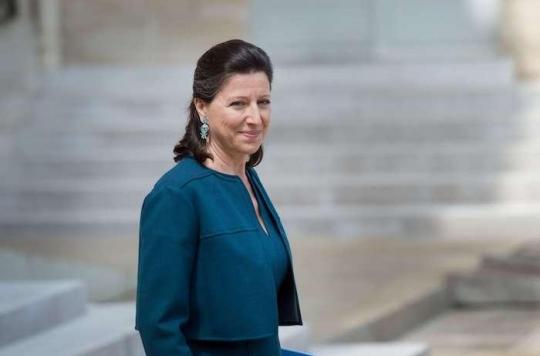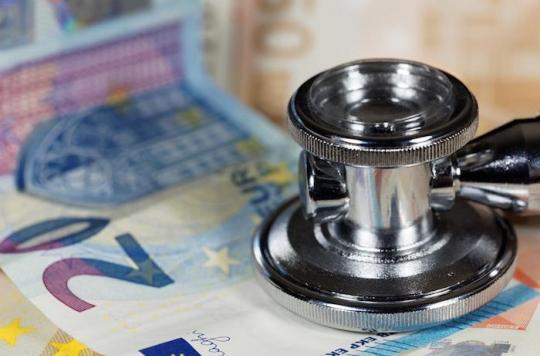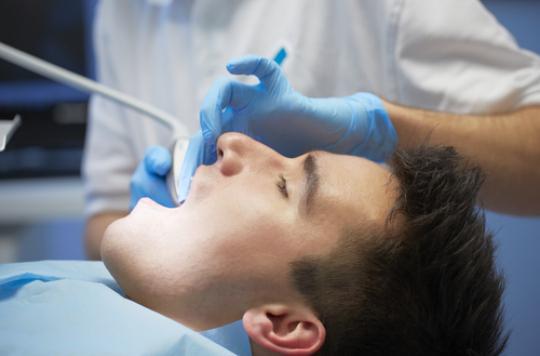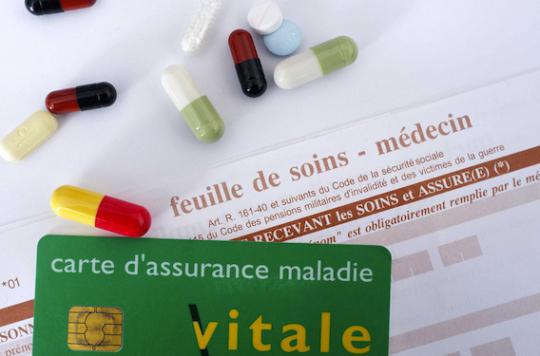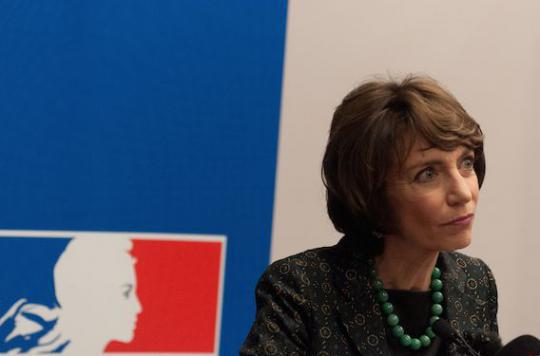Each year, the French spend 2.8 billion euros to cover excess fees charged by doctors, mostly specialists. A sum that is too high and likely to reinforce inequalities in access to care, according to the government.
In 2013, Marisol Touraine had then set up a system aimed at limiting the many slippages observed in this area of freedom of tariffs.
Two years later, has this mechanism proved its worth? More eloquent about its successes than about its failures, the Health Insurance mentioned, a month ago, “positive effects for patients and their remaining dependents”, recalls today François Béguin on the newspaper’s website The world. Between 2012 and 2014, the exceedance rate actually dropped slightly, from 55.4% to 54.1%. In addition, 8,750 self-employed doctors have signed a healthcare access contract (CAS) in which they undertake to limit the amount of their excesses (twice the social security rate) in exchange for taking charge of part of their sickness contribution.
The patients themselves moderate the enthusiasm of the CNAMTS. Gathered within the Observatory citizen of the remainders with load in public health (1), the representatives of the insured note, in a study made public this Thursday, an increase of 6.6% of these overruns in 2012 and 2014.
Less high, but more numerous, that is how to explain these discrepancies. Admittedly, the amounts of excesses were limited during this period, but more doctors in sector 2 practiced them (43% against 41.1%).
“Creeping generalization” of overruns, underlines the study with “a windfall effect”, denounce the users. All CAS signatories are authorized to practice.
In addition, some sector 1 specialists whose prices were undervalued were able to sign up to these contracts in 2013. between 2012 and 2014, from 16 to 30 million euros”. A sum that remains the responsibility of the insured!
(1) The Observatory brings together the Collectif interassociatif sur la santé (CISS), the magazine 60 million consumers and the company Santéclair,









